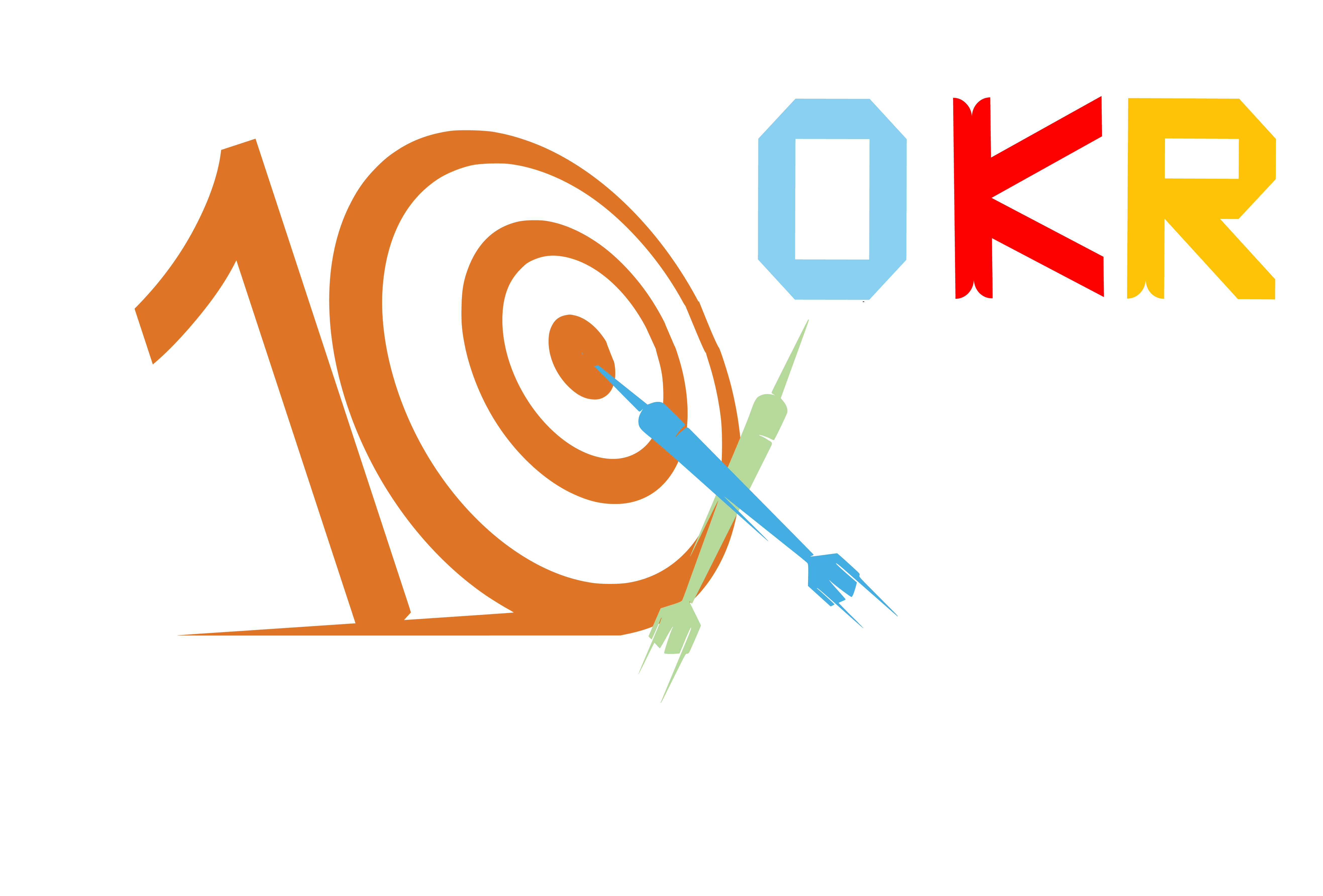Table of Contents
Evolution of OKRs: Inspiring Success Stories Through the Ages
The process of goal-setting to scale a business and maximise employee engagement and profits has been practised for quite a few years now. For modern-day organisations, setting targets or objectives has helped with the overall health and longevity of the company. This goal-setting method was given a new structure and emphasis with the evolution of OKRs.
The OKR framework (Objectives and Key Results) has been used by companies to express their goals for success and growth. Further, research has proven that goal setting can positively affect employee contribution and improve the overall effectiveness of a business. As OKRs are increasingly being adopted by a multitude of national and multinational companies like Spotify and Adobe, let’s trace the evolution of OKRs to understand how they came into existence and why they are becoming an integral organisational tool.
The Predecessors of the OKR Framework
The origin of OKRs can be traced back to 1954. It was in this year that Peter Drucker made a key contribution to the evolution of goal-setting systems. He is often regarded as the founder of modern management and published a book called The Practice of Management. This book outlined the priorities he foresaw for future managers. Drucker identified the tendency of managers to get caught in an “activity trap,” whereby fixation with current activities diverted them from their company’s broader vision. Herein the Management by Objectives (MBO) model was born. Some of its highlights included:
- Inclusivity of employees in the goal-setting process.
- The process involved 5 main steps: examine organizational goals, develop worker objectives, monitor progress, evaluate, and offer rewards.
While the MBO model has underpinnings of today’s OKR framework, over time, the weaknesses of MBO were revealed. It failed to identify company objectives and also led to poorer employee performance.
The SMART framework also has managed to find its way into the evolved OKR framework. In the 1980s, George Doran, Arthur Miller, and James Cunningham’s SMART goals took center stage in the business world. Their method highlighted that goals should be Specific, Measurable, Attainable, Realistic, and Timely (SMART).
How did Andy Grove Develop the OKR tool?
Andy Grove was born András István Gróf in Hungary in 1936. He survived the Nazi regime’s oppressive rules and made it out of the Holocaust as a refugee in America. He took on a false identity and came to the Land of the Free with no money. However, despite speaking little English, he joined the up-and-coming company called Intel and transformed it using his management method, known as OKRs.
Thus, it was in 1968 that Andy Grove, the father of OKRs, designed the OKR framework based on the MBO model while working at Intel. As he became the CEO at Intel in the 1970s, he further brushed up on the system. Grove coupled it with key results to develop a more complex framework that we now know as OKRs, which are an integral part of a company’s goal-setting process. According to him, not only do they help with performance management, but key results are critical to reaching one’s objectives since they offer a more objective means of tracking progress.
How did John Doerr contribute to the development of OKR SaaS?
In 1974, John Doerr joined Intel. Amongst Grove’s team at Intel was venture capitalist Doerr, who later went on to become a billionaire and Google investor. Doerr has been nicknamed “Johnny Appleseed of OKRs,” since he introduced the OKR management philosophy at Google to its founders in 1999. The technology conglomerate continues to use the OKR goal-setting process to this date successfully. OKRs have since then gained immense popularity in Silicon Valley. Many other nonprofits like the Gates Foundation and schools like the Khan Lab School have also been inspired by the framework.


Today, a lot of tech companies have followed suit with Google. This is mainly because Doerr is a strong advocate for OKRs and consequently attributes Google’s ongoing success to them. He believes that the beauty of OKRs lies in their power to concisely lay out a company’s top priorities and make them visible to everyone at the company. After two decades, Doerr describes OKRs as the “scaffolding” that supports Google’s impressive projects, with managers overseeing as many as 20 direct reports.
Measuring What Matters- how do OKRs help companies?
In his book Measure What Matters, Doerr discusses the importance of setting clear and measurable goals. He emphasizes the need for companies and individuals to set specific, measurable, achievable, relevant and time-bound (SMART) goals. He also highlights the power of transparency and accountability. With these two factors, all employees feel equally seen and heard. They can also identify and discuss any obstacles and challenges that may arise.
In recent years, OKRs have also become more immersed in employee engagement and alignment. However, as they have evolved, some criticisms put forward by experts include how they have created a culture of “goal obsession,” where employees become hyper-focused on achieving their objectives and lose sight of the bigger picture. Others also argue that OKRs can be too complex, leading to chaos and frustration among employees.
Despite these criticisms, however, OKRs continue to be a popular and effective goal-setting framework for many companies. The OKR framework helps with setting objectives, measuring progress, and helps with overall company success. It can be used to track individual goals and contributions of the employees as well as the performance of a team in a given project.
Sign up for free to execute your goal-planning strategies starting today!



